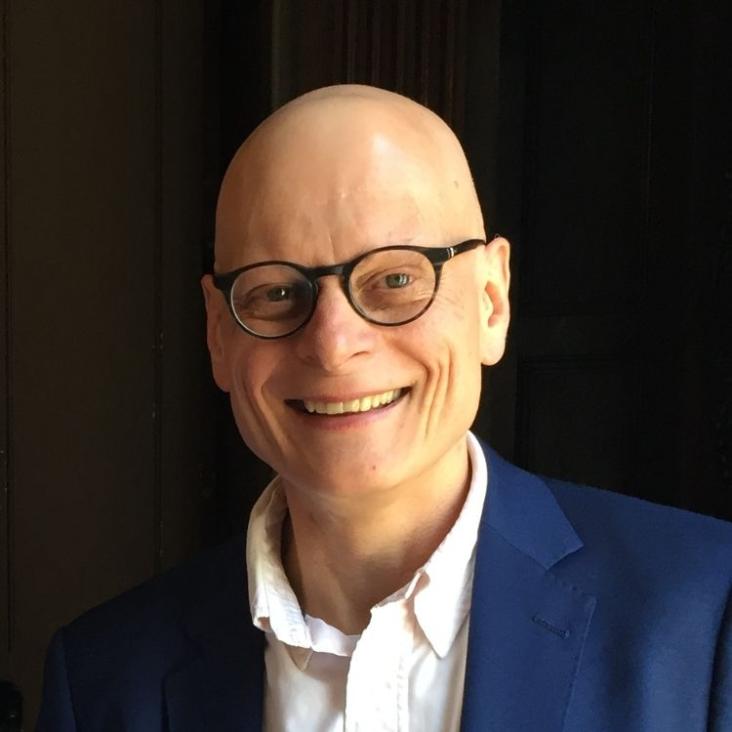Tailored photon-pair generation in optical fibers.
Phys Rev Lett 102:12 (2009) 123603
Abstract:
We experimentally control the spectral structure of photon pairs created via spontaneous four-wave mixing in microstructured fibers. By fabricating fibers with designed dispersion, one can manipulate the photons' wavelengths, joint spectrum, and, thus, entanglement. As an example, we produce photon pairs with no spectral correlations, allowing direct heralding of single photons in pure-state wave packets without filtering. We achieve an experimental purity of (85.9+/-1.6)%, while theoretical analysis and preliminary tests suggest that 94.5% purity is possible with a much longer fiber.Absolute efficiency estimation of photon-number-resolving detectors using twin beams.
Opt Express 17:6 (2009) 4397-4411
Abstract:
A nonclassical light source is used to demonstrate experimentally the absolute efficiency calibration of a photon-number-resolving detector. The photon-pair detector calibration method developed by Klyshko for single-photon detectors is generalized to take advantage of the higher dynamic range and additional information provided by photon-number-resolving detectors. This enables the use of brighter twin-beam sources including amplified pulse pumped sources, which increases the relevant signal and provides measurement redundancy, making the calibration more robust.Bridging particle and wave sensitivity in a configurable detector of positive operator-valued measures.
Phys Rev Lett 102:8 (2009) 080404
Abstract:
We report an optical detector with tunable positive operator-valued measures. The device is based on a combination of weak-field homodyne techniques and photon-number-resolving detection. The resulting positive operator-valued measures can be continuously tuned from Fock-state projectors to a variety of phase-dependent quantum-state measurements by adjusting different system parameters such as local oscillator coupling, amplitude, and phase, allowing thus not only detection but also preparation of exotic quantum states. Experimental tomographic reconstructions of classical benchmark states are presented as a demonstration of the detector capabilities.Optimal quantum phase estimation.
Phys Rev Lett 102:4 (2009) 040403
Abstract:
By using a systematic optimization approach, we determine quantum states of light with definite photon number leading to the best possible precision in optical two-mode interferometry. Our treatment takes into account the experimentally relevant situation of photon losses. Our results thus reveal the benchmark for precision in optical interferometry. Although this boundary is generally worse than the Heisenberg limit, we show that the obtained precision beats the standard quantum limit, thus leading to a significant improvement compared to classical interferometers. We furthermore discuss alternative states and strategies to the optimized states which are easier to generate at the cost of only slightly lower precision.A proposed testbed for detector tomography
Journal of Modern Optics 56:2-3 (2009) 432-441


